A “bluestocking” generally refers to an educated woman with intellectual, especially literary, interests, but the term has changed quite a bit over time. More specifically, it can also refer to women who were members of an 18th century literary group called the Blue Stockings Society.
After the decline of the Blue Stockings Society, the term turned into a disparaging insult for unfashionable women who put intellectual pursuits above appearances. But with the rise of the feminist movement, the meaning of the word seems to be swinging back around to something much more positive.
First References to Bluestockings
The term “blue stocking” originally referred to educated, well-to-do men as well as women in Western society.
In 1638, Czech philosopher John Amos Comenius called educated women “bluestockings” in his writings about women being excluded from higher education. By the mid-1700s, the term referred exclusively to women who were intellectual, well-educated, and literary.
Bluestockings Idiom Origin: Why Blue?
It’s unknown exactly why the term “bluestockings” first became associated with educated or intellectual people, though there are many theories on its origin.
As one theory goes, in the 1400s, educated and high-class Venetians were called “della calza,” meaning “of the stocking,” because of the elaborately embroidered stockings they wore.
The fashion soon spread to Paris in the 1500s, where the term became “blas bleu,” literally meaning “blue stocking.” Eventually it evolved to refer to women only, perhaps because it was considered so unusual for women to be educated and intellectual at the time.
Another origin story tells of Benjamin Stillingfleet, a man who attended the early meetings of what was to become the Blue Stocking Society. He wore blue worsted stockings instead of the more fashionable black silk stockings of the period. The group then came to be known as the Blue Stockings Society for their emphasis of intellectual pursuits over fashion.
The Blue Stockings Society
The Blue Stockings Society was formed by a group of women in England around 1750. The founding members included British writer and social reformer Elizabeth Montagu and Irish intellectual Elizabeth Vesey.
Tired of the common high-society social gatherings of the time which included playing cards and gambling and crafts like embroidery and sewing, the women sought more challenging and intellectual activities. They formed a social group which prioritized education and cooperation, not only discussing literature but supporting each other in their artwork and writing.
The society was very popular with many prominent members of English society, but its popularity gradually waned and all members stopped meeting by the end of the 18th century. Their breaking up was caricaturized in this cartoon by Thomas Rowlandson (courtesy Wikimedia Commons).
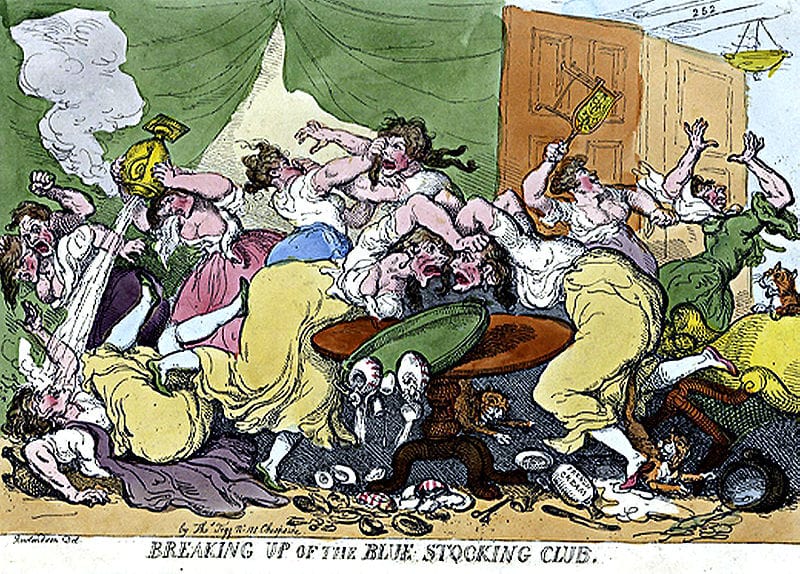
Evolution of the Term Bluestocking
With the decline of the Blue Stockings Society, the term “bluestocking” began to take on negative connotations. It was used in a derogatory way to belittle women with literary and intellectual interests, and eventually was used to refer to any unfashionable woman.
The term’s original meaning has seen something of a revival, however. “Bluestockings” is the name of a collectively owned radical bookstore and feminist activist center in New York City, as well as the name of the yearbook of Mary Baldwin College, an all-women school in Virginia. It was also the name of a feminist magazine published in Portland, Oregon from 1993 to 1997.
During the Japanese women’s suffrage movement in the early 20th century, a feminist literary magazine called Seitousha (meaning “bluestocking society”) was published from 1911 to 1916.
Keri is a blogger and digital marketing professional who founded Amazing Women In History in 2011.

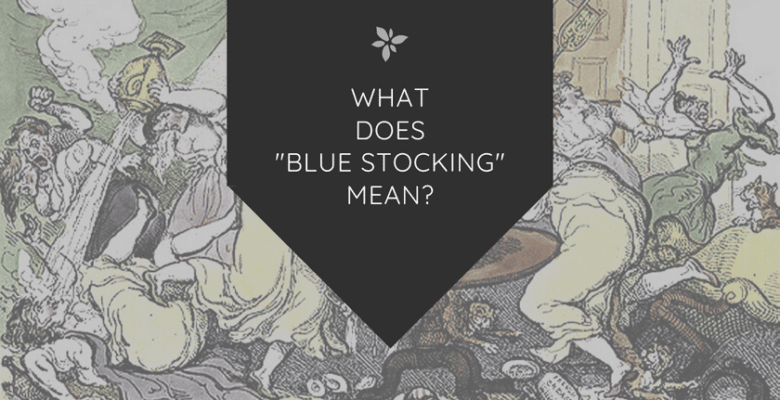
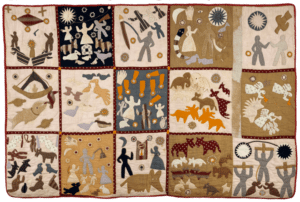
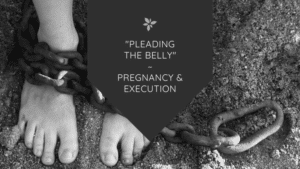
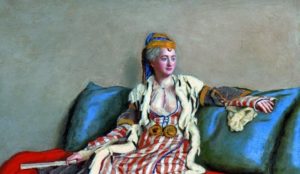

Leave a Reply